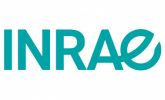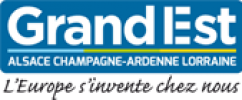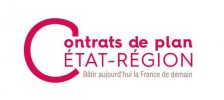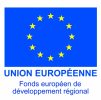Our installation
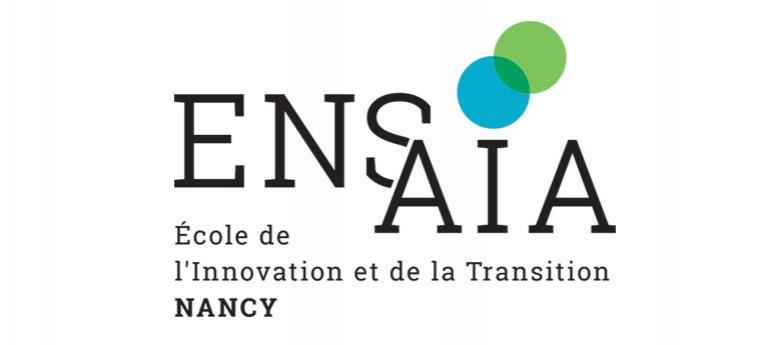
The ENSAIA site of PEPLor is composed of 8 phytotrons and 2 cabinets with LED lighting systems, dedicated to the growth of plants in vitro, in vegetation vases, in hydroponics and aeroponics. The height of the plants can vary from a few centimeters up to 2m. The hub has benefited from ERDF funding within the framework of the CPER Agrovalor 2015-2020 for an amount of 268 k euros.
The phytotrons are equipped with a supervision software allowing to follow in real time the climatic conditions, to be alerted in case of malfunction (alert and alarm system) and to record the data.
A work space and a meeting area also equip the technological hall of the establishment.
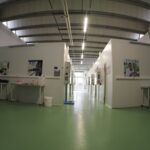
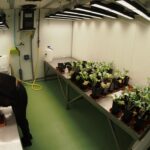
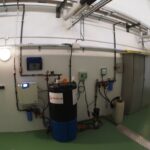
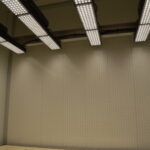
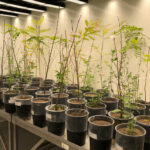
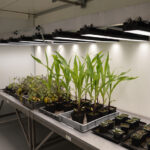
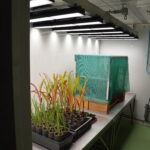
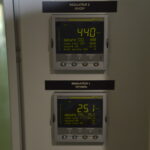

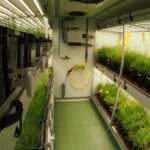
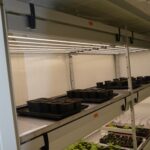

Phytotrons with high light intensity
6 phytotrons monoplans, each with 5.4 m² of cultivation area. A “Vegeled” LED lighting system composed of high intensity spotlights supplemented with “dark red” LED rails for a spectrum closest to the sun. Of the 6 phytotrons monoplans, one is dedicated to the confined cultivation of plants, a second to enriching the atmosphere with CO2 and a last one for to the vernalization of seeds (negative temperature).
Phytotrons with medium light intensity
2 shelf structured phytotrons, for a total cultivation area of 20m², equipped with LED rails, supplemented with “dark red” LED rails for a spectrum closest to the sun.
Growing cabinets
2 Aralab grow cabinets for the growth of plants in In Vitro condition on 2.7 m² of modular shelves illuminated with LED neon lights.
But also...
A laboratory area
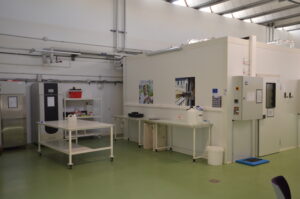
Bench for morphological analyses and scales form a work space in connection with plant experiments.
a meeting space
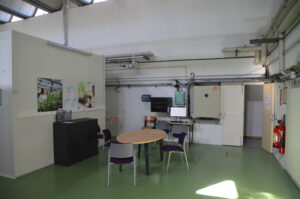
A meeting space is available for users of the hub.
our site in figures
6 monoplane phytotrons
(6*5.4 m²)
2 phytotrons shelves
(2*10 m²)
1 phytotrons
(1*5,4 m²)
Maximum light intensity in phytotron
i.e. 2,7 m²
associated laboratories
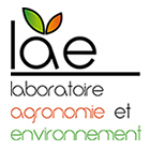

The Agronomy and Environment Laboratory (LAE) deals with research themes concerning i) the sustainability of agricultural systems with the development of agri-environmental indicators and the study of agriculture/biodiversity interactions ii) plant metabolism involved in the processes of defence and adaptation to environmental stresses (secondary metabolism).


The Soils and Environment Laboratory (LSE) answers questions raised by the increasing anthropogenic pressure on soils, a consequence of the expansion of urban, industrial and transport infrastructures, as well as the intensification of agriculture. The functioning, spatial extension and typology of soils strongly marked or created by human activity are very poorly known. These gaps need to be filled if the fate and impacts on health, ecosystems and water resources of these soils, often enriched with polluting substances, are to be controlled. Some of them already have a negative impact on the environment, and it is necessary to clean them up. One way to do this is phytoremediation, which consists of cultivating plants that accumulate pollutants in their harvested parts or promote their biodegradation.
Our supervisory authorities
Our partners
The team
Technical manager

Lucas CHARROIS
operational manager
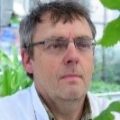
Claude GALLOIS
How to find us
Bâtiment ENSAIA, Halle 2B
2, avenue de la Forêt de Haye
54506 Vandoeuvre-lès-Nancy
Contact
Lucas CHARROIS
lucas.charrois@univ-lorraine.fr
tel : 03 72 74 41 18
ENSAIA, 2 avenue de la Forêt de Haye, BP20163
54505 Vandoeuvre-lès-Nancy




